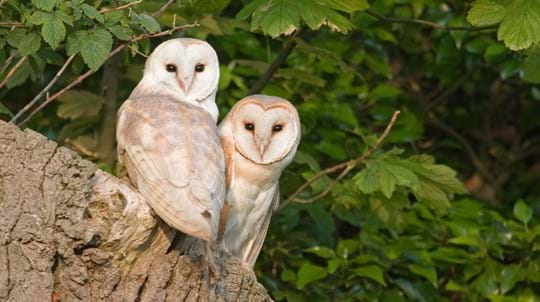
Credit: Dale Sutton / 2020VISION / naturepl.com
What do tawny owls eat?
Mice and voles are the tawny owl’s main food source. These nocturnal hunters silently swoop down on their unsuspecting prey, plucking them from the forest floor. Sensitive sight and hearing allows owls to locate rodents, while their wing feathers have a soft furry edge that allows for soundless flight. They will take other prey on occasion, including birds, amphibians, young rabbits and even insects and worms when food is scarce.








